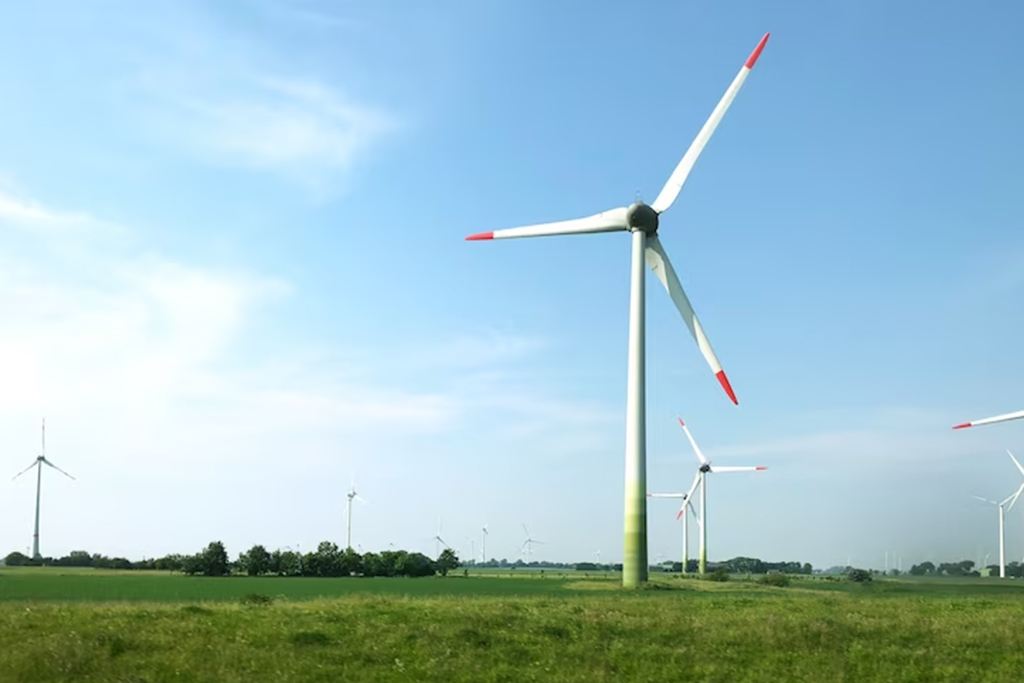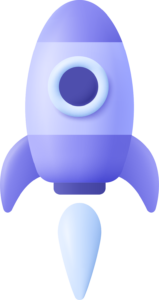Wind Energy Solutions Overview
At Karbon Digital Limited, we are committed to advancing renewable energy solutions, and our wind solutions exemplify our dedication to harnessing the power of the wind to generate clean, sustainable electricity. With a focus on innovation, efficiency, and environmental stewardship, our wind solutions offer a reliable and scalable energy source for a wide range of applications, from small-scale wind turbines to large-scale wind farms.

Advantages for Wind Energy Providers
Wind energy offers numerous advantages as a clean, renewable energy source that harnesses the natural power of the wind. Here are some key pointers highlighting the benefits of implementing wind solutions:
- Renewable and Clean Energy
- Abundant and Widely Available
- Low Operating Costs
- Scalability and Modularity
- Energy Independence and Security
- Predictable Energy Output
- Economic Development Opportunities

What We Bring to the Table
Our Innovative solutions empower clients to harness the power of the wind to generate clean, renewable energy and contribute to a more sustainable and resilient future. With our expertise in wind energy technology, environmental stewardship, and project management, we deliver reliable and efficient wind solutions that meet the energy needs of today while preserving resources for future generations. Join us in embracing wind energy and making a positive impact on the environment and communities.
AI Use Cases in the Renewable Wind Energy Industry
Predictive Maintenance
- Use Case: AI models analyze data from turbine sensors to predict equipment failures before they occur.
- Benefits: Reduces downtime, extends turbine lifespan, and lowers maintenance costs.
Wind Resource Forecasting
- Use Case: AI systems can forecast wind speed and direction with high accuracy using weather data and historical patterns.
- Benefits: Enhances energy production planning and grid stability.
Optimal Turbine Placement
- Use Case: AI algorithms can analyze terrain, wind patterns, and environmental data to determine the best locations for new turbines.
- Benefits: Maximizes energy output and reduces installation costs.
Energy Output Optimization
- Use Case: AI-powered control systems adjust turbine settings in real-time to maximize energy output based on wind conditions.
- Benefits: Increases overall energy efficiency and output.
Blade Damage Detection
- Use Case: AI-enabled drones equipped with image recognition software can inspect blades for damage and wear.
- Benefits: Speeds up inspections, reduces costs, and improves safety.
Automated Performance Analysis
- Use Case: AI can analyze turbine performance data and identify underperforming units or potential faults.
- Benefits: Increases operational efficiency and reduces energy losses.
Load Balancing & Grid Integration
- Use Case: AI systems can predict energy generation and adjust grid load in real-time to ensure a stable energy supply.
- Benefits: Reduces grid instability and improves renewable energy integration.
Supply Chain Optimization
- Use Case: AI can optimize the supply chain for wind turbine parts, ensuring timely availability of components for maintenance.
- Benefits: Minimizes downtime and reduces operational delays.
Energy Storage Management
- Use Case: AI can manage energy storage systems by predicting periods of high wind and optimizing battery charge and discharge cycles.
- Benefits: Enhances the reliability of wind energy supply and reduces reliance on fossil fuels.
Environmental Impact Assessment
- Use Case: AI tools can analyze environmental data to assess the impact of wind farms on local ecosystems, such as bird migration patterns.
- Benefits: Ensures compliance with environmental regulations and supports sustainable development.
Cost Prediction & Financial Modeling
- Use Case: AI can model long-term energy production and maintenance costs to support investment decisions and project financing.
- Benefits: Improves financial planning and attracts more investment in wind energy.
Remote Monitoring & Control
- Use Case: AI-powered systems enable remote monitoring and control of wind farms, allowing operators to manage multiple sites from a central location.
- Benefits: Increases operational efficiency and reduces the need for on-site staff.
AI-Powered Weather Pattern Analysis
- Use Case: AI systems can analyze climate trends and long-term weather patterns to assess the viability of wind projects over decades.
- Benefits: Enhances strategic planning and ensures project success.
Power Curve Analysis
- Use Case: AI can compare actual performance with theoretical power curves to detect anomalies and optimize turbine settings.
- Benefits: Maximizes energy generation and reduces losses.



